A man in his seventies, dressed in a military uniform and sporting a Hitlerish moustache, staggers into a room swigging champagne from the bottle. He is joined by a much younger woman, who is slim and pretty and wearing a skin-tight floor-length dress, fur coat and peroxide blonde wig with a diamanté hair clip spelling out the word ‘SEXY’. Soon most of this costuming is discarded. Over the next two or three hours, the man and woman – who refer to each other as ‘Adolf’ and ‘Eva’ – cycle through a series of increasingly exposed and often shocking acts, alternating between the violent and the erotic: kissing, hitting, hurling insults, stuffing food and alcohol and pills into each others’ mouths, urinating, defecating, having sex, and finally sitting on the floor in total silence, in a naked embrace. Eventually the man calls time: ‘Cut.’
This is the opening night of Paul McCarthy’s latest exhibition, at Kode Art Museum in Bergen, and to mark the occasion the American artist has decided to stage his first live performance in more than a decade. He and the German actress Lilith Stangenberg have decamped to a basement in one of the museum’s buildings – now mostly used for storage, but also a still-in-use bomb shelter – along with a small film crew, who are recording and editing the performance in real time. The footage is being live-streamed and projected on to the walls of a gallery where dozens of people are gathered, sipping sparkling wine or beer – and occasionally averting their eyes or laughing awkwardly at some of the more outrageous incidents that transpire.
Although this is their first time with a live audience, McCarthy and Stangenberg have been enacting the roles of Adolf Hitler and Eva Braun since 2019 as part of McCarthy’s A+E project. (The initials, the artist has said, could also stand for ‘Adam’ and ‘Eve’ or ‘Arts’ and ‘Entertainment’.) These private sessions at McCarthy’s studio in Los Angeles have resulted in the messy, excrement-covered drawings that form one half of the exhibition at Kode, along with a pair of uncannily realistic casts of his and Stangenberg’s naked bodies that are bound with ropes and hang from a steel truss in the centre of the gallery (also suspended by these ropes is a set of speakers playing audio from previous A+E sessions).
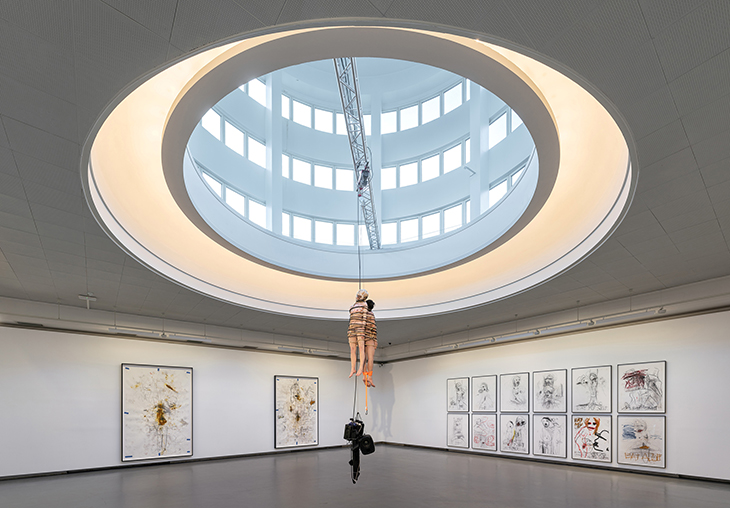
Installation view of ‘Paul McCarthy: Dead End Hole’ at Kode Art Museum, Bergen, in 2021. Photo: Dag Fosse/KODE; courtesy the artist, Hauser & Wirth, and Peder Lund; © Paul McCarthy
The use of a lighting-rig component as a hanging structure is one of many references to Hollywood and cinematic history throughout A+E, which is loosely based on The Night Porter, the ’70s cult classic in which Dirk Bogarde’s former SS officer and Charlotte Rampling’s concentration camp survivor embark on a sadomasochistic relationship. In a few of the drawings, alongside crude cartoon-like depictions of Hitler and Braun, the outline of Mickey Mouse’s face appears. On another, the artist has pasted a magazine cover illustrated with a photo of the actress Leslie Mann, fixture of Apatowian comedies such as Knocked Up (2007) and The 40-Year-Old Virgin (2005). The filmed performance, meanwhile, keeps hinting at its own construction – cameras and crew appear on-screen; Stangenberg, in her platinum wig, wheedles McCarthy: ‘Do you think I’m pretty? Do you think I look like Marilyn Monroe?’
In another museum building, a short walk away, McCarthy is showing a film installation from a separate series titled DADDA (‘Donald and Daisy Duck Adventure’), in which Donald, Melania and Ivanka Trump take a debauched and ultimately very bloody ride in a stagecoach with Andy Warhol and Nancy Reagan. The film was inspired by John Ford’s Stagecoach (1939), about a group of strangers being transported across Apache territory. As the 45th president of the United States, McCarthy puts on a performance that bears comparison with his Hitler act. Here, too, there are glimpses of the camera crew, as well as sexual abjection aplenty – on this occasion, castration is the climactic event. It strikes me that Bergen, a charming little city surrounded by mountains on the south-western coast of Norway, is an unlikely setting for this warped vision of America. But according to Philip Larratt-Smith, the New York-based curator who was brought in for this show, no US museum would show any works from DADDA, which was shot between 2015 and 2017; apparently there are factions on both the left and the right who find it too offensive. Norwegians are more ‘open-minded’.
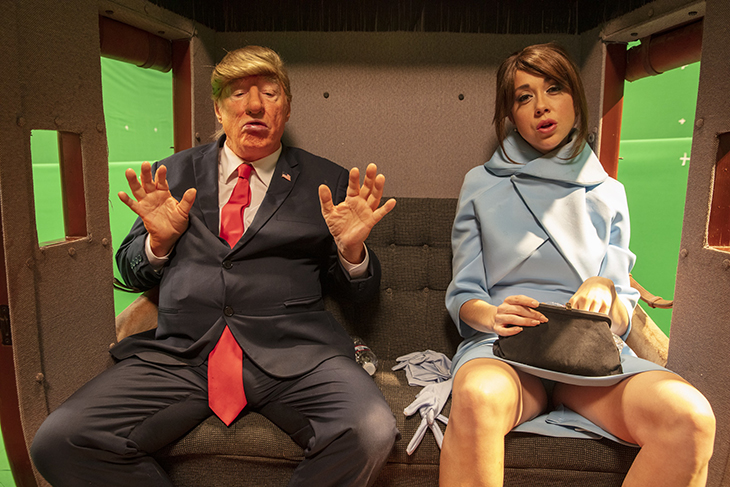
DADDA Donald and Daisy Duck Adventure (2017), Paul McCarthy. Courtesy the artist, Hauser & Wirth, and Peder Lund; © Paul McCarthy
This exhibition was meant to open in spring 2020, before the pandemic took hold, when Trump was still in office. On one level, the selection of works seems dated. Yet the point here is not to draw facile comparisons between the Third Reich and Trump’s America – or at least not entirely. These caricatures are part of McCarthy’s wider project, beginning in the 1960s, in which he has consistently plumbed new depths of debasement to often ambiguous ends, and to powerful effect. (I won’t recite his entire oeuvre here, but his breakout work of 1991/92, The Garden, consists of a stage set featuring two animatronic men ‘fornicating with nature’.) Critics have described this work as essentially psychoanalytic, offering up a mirror to the darkest impulses and desires of the unconscious id. I keep coming back to the tension between artifice and realism in McCarthy’s works – between these self-consciously ridiculous set-ups and the visceral feelings of disgust or outrage they are capable of eliciting. There aren’t many artists whose images are so difficult to get out of your head.
Even in ‘open-minded’ Norway, at a celebratory dinner after the performance at the opening of the show, conversation recurringly and apologetically turns to one question: was it real? Confusion over precisely what it denotes leads to vague and contradictory answers. We deduce that in the Trump film, yes, McCarthy is obviously wearing a prosthetic penis (how else could they cut it off?); in the drawings, the brownish smears are made from peanut butter, which is included alongside pastel and pencil on the list of materials; but in the live work, the situation is unclear, although surely no one could have such mastery over their gag reflex. Eventually, a member of staff at the museum shows us a photo on his mobile phone: a delivery he received a few weeks ago of some extremely convincing prosthetics, complete with the necessary plastic funnels and tubes, to be worn during the performance. McCarthy, we’re told, has drafted in the highest-end FX artists that Hollywood has to offer. We are all relieved to hear this, and move on to other topics over dinner.
‘Dead End Hole’ is at the Kode Art Museum, Bergen until 27 March 2022.
Unlimited access from just $16 every 3 months
Subscribe to get unlimited and exclusive access to the top art stories, interviews and exhibition reviews.

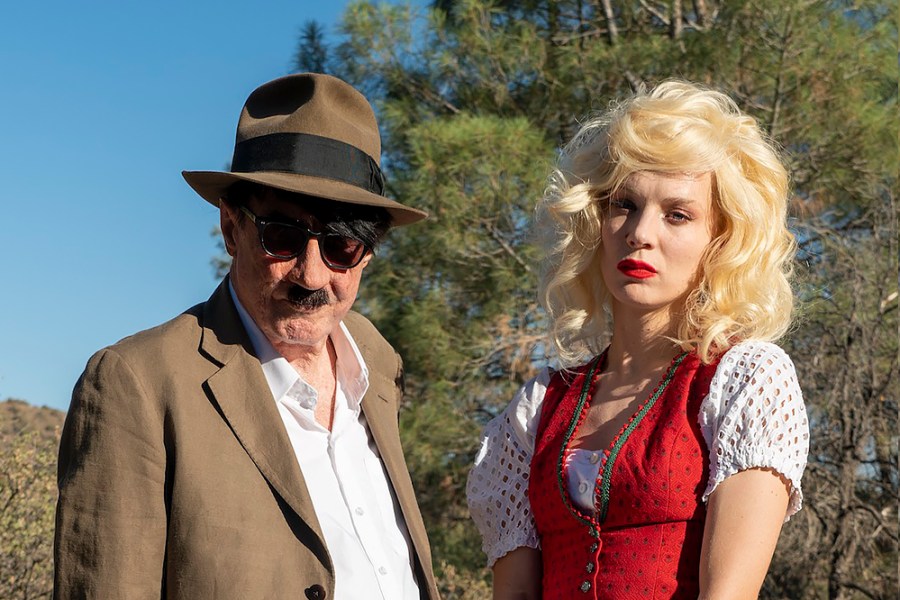
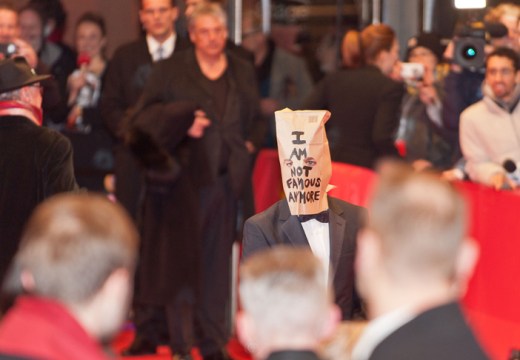
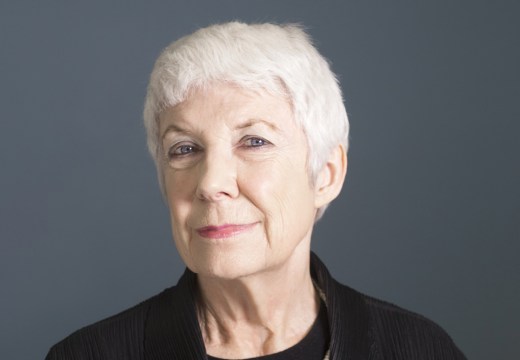
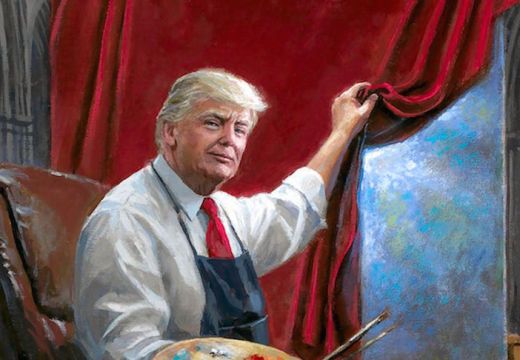









![Masterpiece [Re]discovery 2022. Photo: Ben Fisher Photography, courtesy of Masterpiece London](http://www.apollo-magazine.com/wp-content/uploads/2022/07/MPL2022_4263.jpg)
It’s time for the government of London to return to its rightful home